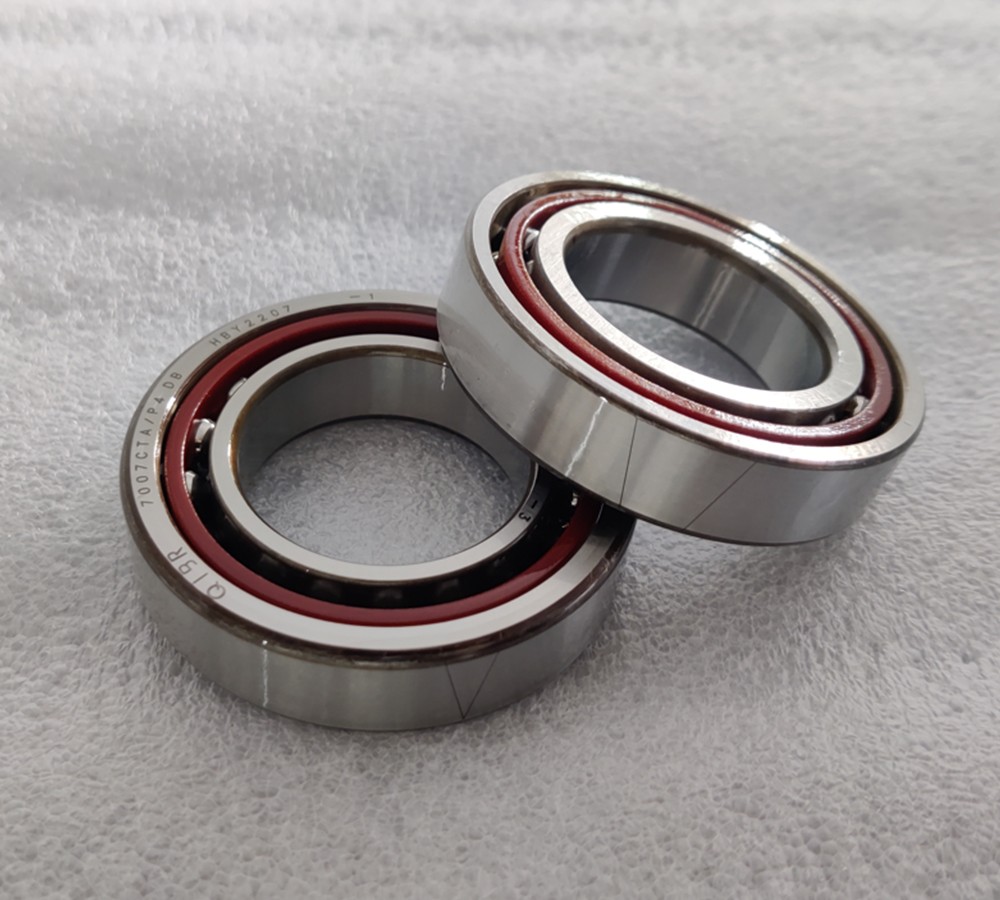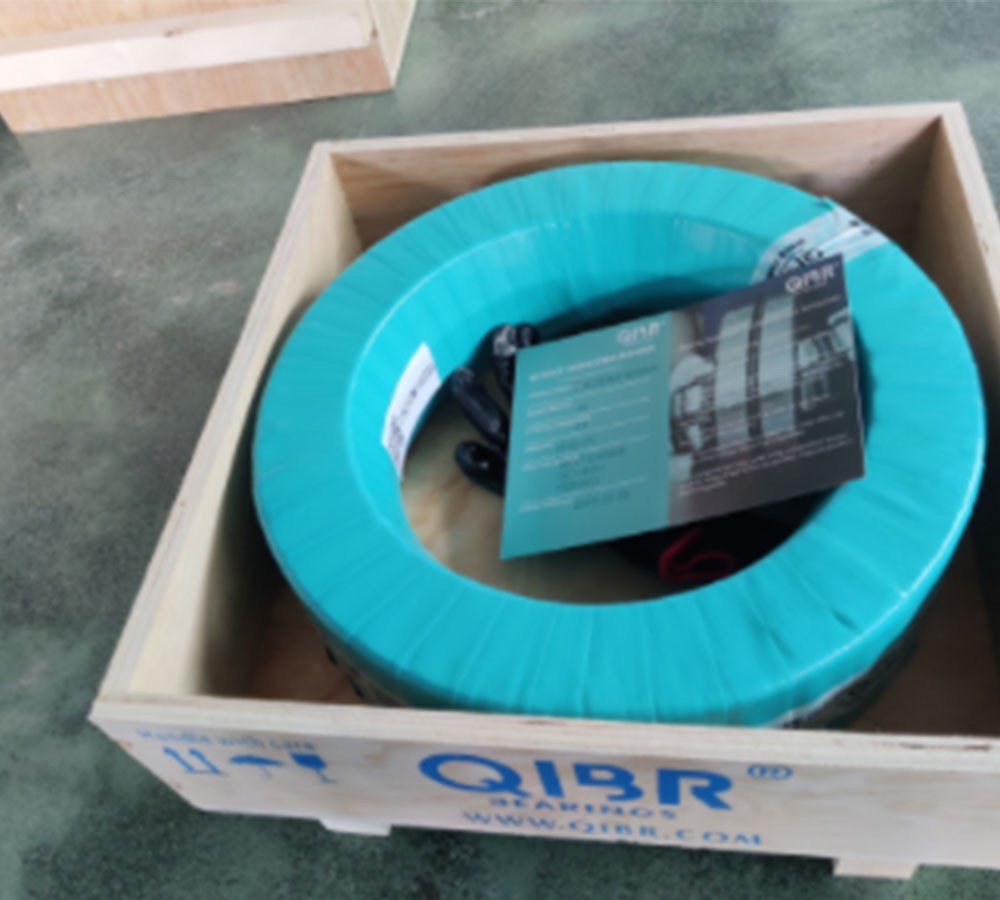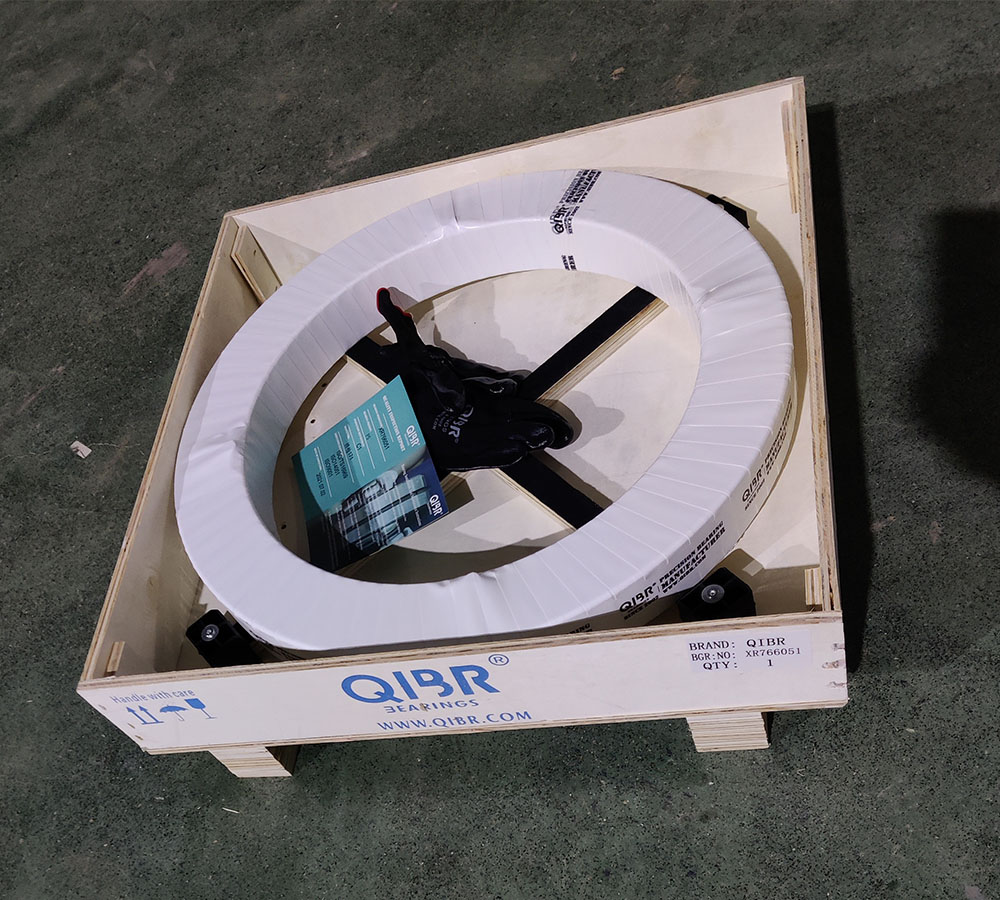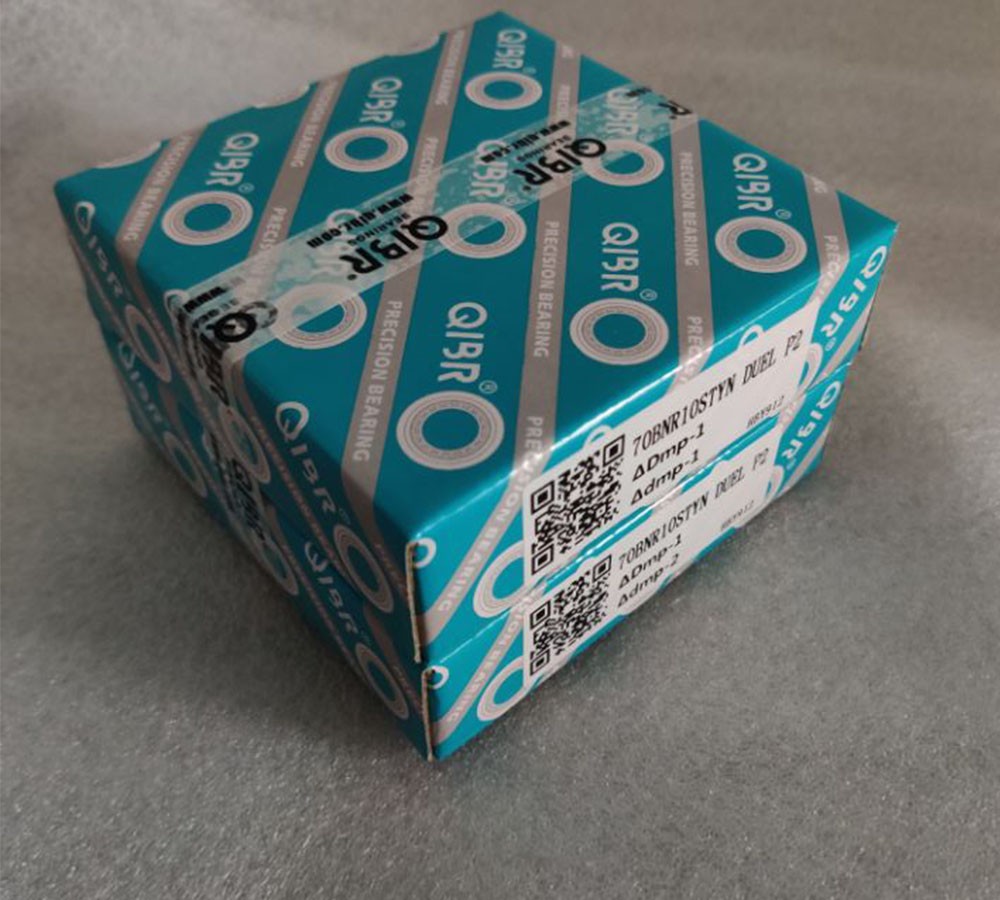QIBR precision miniature angular contact ball bearings were delivered to a customer in Cologne, Germany, to ensure the accuracy of optical spectrometers used in medical application
- Continent
- Europe
- Country
- Germany
- Date
- 2016-03-08
- Categories
-
Angular Contact Ball Bearing
- Applications
- Medical Optical Instruments,Spectrometers
Products Used
Precision Angular Contact Ball Bearings
1. High Load Capacity: Utilizing ultra-precision grinding technology ensures the fitting accuracy between components, enhancing the geometric precision of the rolling elements and raceways while reducing surface roughness. This high-precision manufacturing process minimizes heat generation during operation, improving stability and lifespan while reducing friction and wear, thus enhancing speed performance.
2. Durability and Reliability: Precision miniature angular contact ball bearings are typically made from high-strength, wear-resistant materials that maintain excellent performance over long periods of operation. These bearings exhibit outstanding wear resistance and impact strength, ensuring that medical optical instruments like spectrometers maintain stable performance during prolonged use and require less maintenance.
3. Low Friction and High Speed: The rolling elements of the precision miniature angular contact ball bearings are specially designed to optimize performance, maintaining stability even at high speeds. The small diameter of the rolling balls reduces contact area and friction, making them suitable for high-speed applications.
Additional Notes:
The German customer decided to purchase QIBR's precision miniature angular contact ball bearings to meet the accuracy and stability requirements of optical spectrometers in medical applications. QIBR's advanced manufacturing processes provide extremely high rotational precision, ensuring stability during operation and improving the consistency and reliability of measurement results. High precision is crucial for medical optical instruments like spectrometers, as even minor errors can significantly affect diagnostic outcomes and data accuracy.















